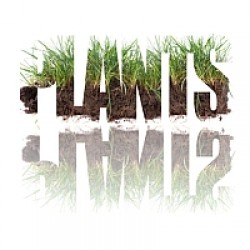Your shopping cart is empty!
MENU

When it comes to the world of plants, there are two distinct types: broadleaves and evergreens. Broadleaves are characterized by their leaves that are usually arranged alternately along the stem and often have smooth edges. These plants can be found in a variety of climates, from tropical rainforests to desert regions. Examples of broadleaf plants include oaks, maples, and elms. Evergreen plants, on the other hand, are characterized by their leaves that remain green year-round and are usually arranged in whorls or clusters. These plants are often found in cooler climates, though some species can be found in warmer climates as well. Examples of evergreen plants include conifers, cypress, and juniper.
While both broadleaves and evergreens have different characteristics, they both play an important role in the environment. Broadleaves are key to providing food and shelter for animals, and also help to regulate water flow and reduce soil erosion. Furthermore, since broadleaves are deciduous, they also provide visual interest by changing colors throughout the seasons. Evergreens are important for providing shelter for animals and their seeds help to increase soil fertility. Additionally, evergreens serve as wind-breaks which can help to protect other plants from the wind.
Both types of plants are important for providing food and habitat for many animals, including birds, insects, and mammals. In addition, they both play a role in helping to maintain a healthy environment. Broadleaves and evergreens help to provide a balance between sunlight and shade, which helps to reduce water evaporation and regulate soil temperature. Furthermore, they are both important components of the food chain, as they provide food and shelter to many different species.
In conclusion, broadleaves and evergreens have different characteristics and play different roles in the environment, but they are both important for providing food, habitat, and other resources to many different species. They are also both essential components of a healthy environment, as they help to regulate water flow, reduce soil erosion, and keep soil temperature in balance.
Choose seeds by type